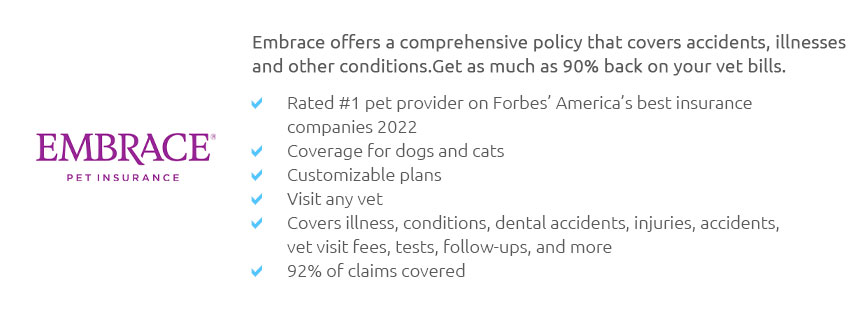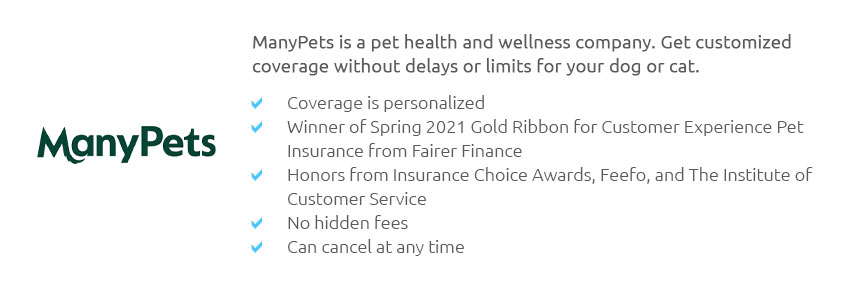 |
 |
 |
 |
 |
 |
|
 |
|
 |
|
 |
|
 |
|
 |
 |
 |
 |
 |
 |
 |
 |
Understanding Pet Insurance for Two Cats: A Comprehensive GuideWhen it comes to safeguarding the well-being of your feline companions, pet insurance emerges as a crucial consideration. With two cats in the household, the stakes are higher, making it imperative to explore the nuances of insuring both pets effectively. This guide aims to unravel the complexities of pet insurance, offering insights into its advantages, potential pitfalls, and the finer details that cat owners often overlook. Firstly, why consider pet insurance? The answer is simple yet profound. Cats, despite their independent nature, are prone to a myriad of health issues ranging from common ailments to unforeseen accidents. With two cats, these risks essentially double. Pet insurance provides a safety net, cushioning the financial blow of unexpected veterinary expenses. While some may argue that setting aside a savings fund is a viable alternative, insurance offers the advantage of immediate coverage without the wait required to build up substantial savings. When selecting pet insurance for your cats, it is crucial to assess several key factors.
Moreover, the age and health of your cats play a pivotal role in determining the type of insurance you should opt for. Younger cats typically face fewer health issues, allowing for more flexible and affordable insurance options. Conversely, older cats may require more extensive coverage due to the increased likelihood of health problems. It is also worth considering that some insurers may impose age restrictions or higher premiums for senior cats. In conclusion, investing in pet insurance for two cats is a decision that requires careful consideration and thorough research. By understanding the various options available, assessing the needs of your pets, and evaluating your financial situation, you can make an informed choice that ensures your feline companions receive the best possible care without breaking the bank. Ultimately, the peace of mind that comes with knowing your pets are protected is invaluable, allowing you to focus on what truly matters: enjoying the companionship and joy that your cats bring to your life. https://www.nerdwallet.com/p/best/insurance/pet-insurance-companies
Most cat and dog insurance plans reimburse you for a percentage of your vet bill. You can generally choose a reimbursement level such as 70%, ... https://www.petinsurance.com/pet-insurance/multiple-pets/
The monthly premium depends on the type of coverage selected but starts at around $10/month for two cats, which includes a 5% multi-pet discount. How ... https://www.usnews.com/insurance/pet-insurance
Summary: Spot sells policies for dogs and cats that cover accidents and illnesses and also has an accident-only option. It's available in all 50 states and has ...
|